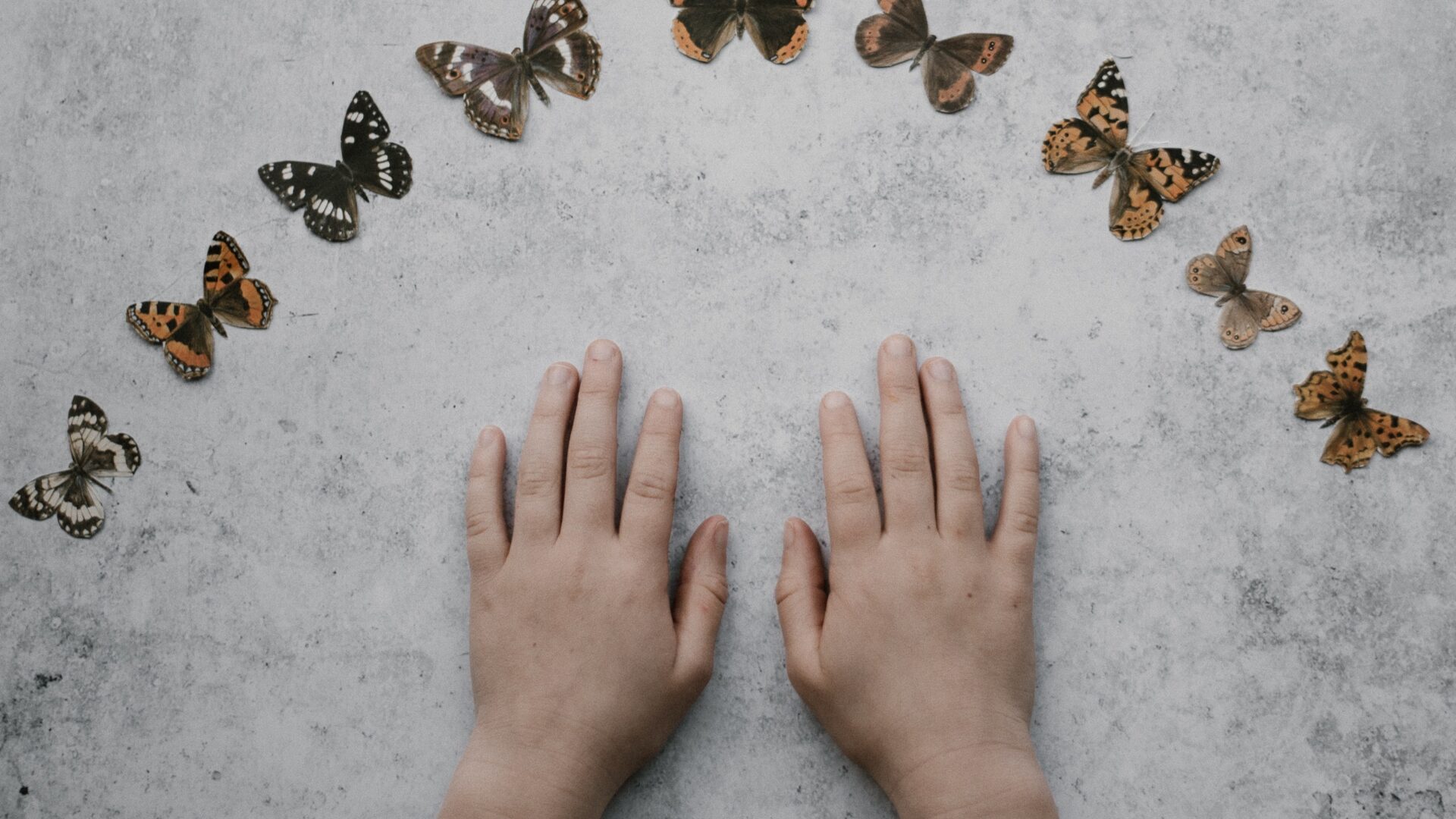Inspiration comes to us in countless forms, some dark and disturbing, others beautiful and radiant. And sometimes in a profound combination of darkness and light, as in the case of the Terezin ghetto.
The town of Terezin is located about an hour from Prague, in the Czech countryside. It is a garrison town, a fortress rising above picturesque hills and verdant fields, built by Emperor Joseph II in honor of his mother, the Empress Maria Theresa. During World War II, the Nazis occupied the town, evicted the inhabitants, and converted it into a ghetto and concentration camp they called Theresienstadt.
Close to 144,000 European Jews were sent to Terezin, including more than 15,000 children. More than half of the inhabitants of Terezin were eventually deported to Auschwitz, and everyone who was imprisoned in this ghetto lived in constant fear of these transports to the unknown. Daily life in the ghetto was marked by severe overcrowding, constant hunger, shortages of medical supplies, poor hygiene and infestations of fleas. In these unspeakably horrible conditions, typhus and other diseases ran rampant, claiming many lives.
And yet, despite the horrors of daily life in the camp and the fear of being deported, a young man was somehow inspired to compose a beautiful, poignant poem called “The Butterfly,” which remains well-known to this day. He described his memory of a butterfly with wings the color of sunlight fluttering freely above the walls of the ghetto. He wrote that he somehow managed to cope with life in the ghetto and even found rare moments of beauty, like a tree flowering in the main square. Only he never saw another butterfly in the ghetto.
Who was this young poet? His name was Pavel Friedmann, he was born in Prague on January 7, 1921, and was sent to Terezin in April 1942. He was later deported to Auschwitz, where he died on September 29, 1944. This is virtually all that is know about him, the information in his camp records.
Yet, Pavel was far from alone. In fact, Terezin was notable in that many Jewish writers, artists and musicians were sent there, and many of these individuals continued to create in the ghetto. Among the artists of Terezin were many children, who wrote poems and stories, created collages and drawings, and performed in plays and musicals. Many of the drawings and poems survived, thanks to the efforts of some incredibly courageous individuals.
What was it that inspired them? Judging by the works they created, a vast number of things: memories of their homes, loss of their loved ones, the unspeakable conditions in Terezin, the inhumanity of the Nazis, their need to process what was happening to them, the creative impulse that could not be extinguished. And the hope that one day, people would read their words and view their art, and learn the dark truth of Terezin.
Years later, people did just that. And in 2009, I became one of them. When I first I read Pavel’s poem, his words and message resonated deeply within me. His poem inspired me to learn all I could about the artists and children of Terezin and to journey to the camp in January 2012.
On a cold, rainy day, I walked around Terezin’s main square and down the side streets, and gazed at the old buildings and barracks, most of them tan with reddish roofs. I saw the sodden, bare trees and a handful of residents making their way along the mostly empty streets. I wondered if they ever thought of the many thousands of people who were once imprisoned there or if their daily lives distracted them from thoughts of the past.
I visited the Ghetto Museum in the main square, which displayed writings, drawings and photographs of some of the prisoners. I saw that the museum was deserted, and that Terezin had very few visitors that day. It wasn’t one of the better known camps, and I feared that the world would never hear of the artists of Terezin. That was the day I decided that I would have to be the one to share their stories somehow, and to this end I have started a blog and written the manuscript of a novel.
It’s hard to explain, but it seems that in an almost mystical connection, the words of Pavel’s poem reached out across the decades and inspired another writer and poet, whose life would be forever changed.

Tara Malone is a professional blogger and Holocaust educator. Her blog, Butterflies in the Ghetto, features biographies of the many creative individuals who were imprisoned in Terezin and provides resources and support to teachers. To learn more about Terezin, visit http://www.butterfliesintheghetto.com/


0 comments on “A Butterfly in the Terezin Ghetto”